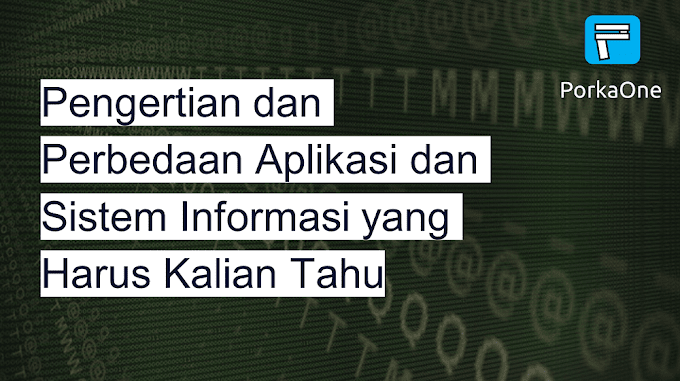What is Big Data?
Big Data is a collection of data that is large, complex, and continues to grow
over time. This data is obtained from internet activity which is currently
increasingly massive. Initially this data was small, only collecting data on
addresses, names, e-mails, number of visits, salary grades, lists of goods,
etc.
But over time this data is getting bigger, the characters and behavior are
getting more dynamic. Examples of data include search lists on the internet,
hours and times of visits on the internet, posts that are most frequently
viewed on social media, how many times people search for these items, and much
more data that can be extracted. This data will later be analyzed again to get
new insights about the business going forward.
Characteristics of Big Data
Big data has several properties or characteristics. So by understanding these characteristics, you will be able to distinguish between ordinary data and big data.1. Volume
As the name implies big data. We can interpret volume as having very large data. Big data is a collection of data that has existed from year to year. Even today there are more than 2 trillion people accessing the internet every day. This data is very large and very profitable if properly analyzed.2. Velocity
Besides size, production speed is also one of the characteristics of big data. The data currently available is growing, and the numbers will continue to increase. With advances in technology, the process of generating data will become faster. The aim is none other than so that information can be updated as soon as possible for business purposes3. Variety
Variations or different forms are one of the characteristics or characteristics of big data. Each platform has varying data, especially if it's cross-platform. For example Instagram, Instagram collects various data such as photos, text, videos, music and each of them has data attributes that can be processed again. That's just Instagram, other platforms like Facebook, LinkedIn, YouTube, TikTok and others also have various data.4. Veracity
Apart from being large and fast, big data must also be accurate. Why collect a lot of data that turns out to be incorrect and even tends to be misleading. This is of course very detrimental to business, because with big data it is hoped that businesses can develop faster by relying on accurate data to make the right decisions.5. Value
Another characteristic is value. Big data must have value or be useful for people. By leveraging big data businesses can make more informed decisions. Or even with big data, anyone can use it for their personal interests, such as total viewers, total advertisements, total income, total average people watching, average content liked by many people and others.Konsep Big Data
The concept of big data is divided into three types. That is:A. Data Integration
Data integration is a process to collect all the data that has been produced or created and then combine it. Such as new user registration data, wishlist item lists, lists of the best items from e-commerce or online stores. The point of this concept is to collect data for later processing.B. Data Processing
Once collected, the existing data must be managed properly, lest the data that has been collected is scattered or lost. The data is grouped so that it is easy to find and analyze it later. Good data processing is also related to good technology, processing and storage technology must be good.C. Data Analysis
Finally there is data analysis, data analysis is an important concept of big data. In order for the collected data to be useful, we must analyze it. After being analyzed, the important points are recorded and presented in an easy-to-understand graph or table. This information will be very useful for business purposes. Managers can more easily make decisions based on the analysis of the resulting data.Types of Big Data
There are three types of big data, namely:1. Structured Data
This data is stored neatly, systematically, or stored regularly. An example
is data that has been classified in the form of excel tables or data that
has been stored in a pre-built system such as lists of accounts, lists of
purchases of goods, lists of contacts and so on.
But because we are talking about big data, this structured data is much
bigger and more complex. The above is just an example of structured data.
Data like this is easier to find, manage and analyze, because the data has
been categorized in a form that is easy to understand. This data is obtained
from daily internet usage activities.
2. Unstructured Data
Unstructured data is the opposite of structured data. This data is not
stored neatly, systematically or regularly. A small example is the list of
files and folders in our Document file. We usually store images, videos,
text, audio and each image or video has a different format.
Or other examples on the internet, such as how many images of a particular
post, the number of comments, likes and the number of other activities that
must be collected and categorized manually. Data like this is more difficult
to find and analyze. We need to dig it manually or create a special system
to coordinate unstructured data
3. Semi Structured Data
Semi-structured data is data that is between structured and unstructured data. So some of them are stored neatly and the others are stored not neatly.
That's all for our article this time about big data, I hope this short article
can be useful for all readers. If you have questions or suggestions, please
leave them in the comments column below. I say so and thank you.







0 Comments
Come on ask us and let's discuss together
Emoji